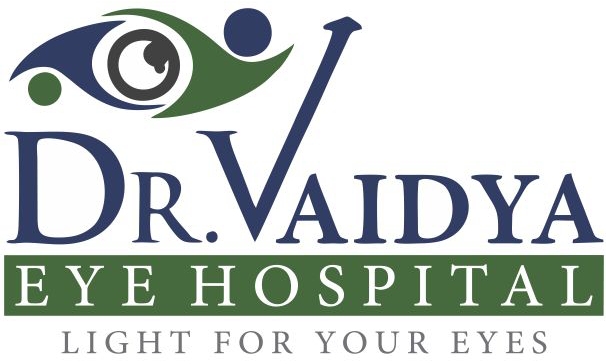Overview
Diabetes affects millions worldwide, often bringing complications and impacting people beyond what’s commonly understood. While many are aware of its links to heart disease, kidney issues, and other health concerns, one of its most significant yet frequently overlooked complications is Diabetic Retinopathy. If not addressed in time, this can lead to vision impairment or even blindness. The good news, however, is that it is preventable with early diagnosis and proper care.
What is Diabetic Retinopathy?
Diabetic Retinopathy is a condition that damages the blood vessels in the retina – the light-sensitive layer at the back of the eye. The retina converts light into electrical signals, which are then transmitted to the brain, allowing us to see. In people with diabetes, increased blood sugar levels can damage these small retinal blood vessels, causing them to swell, leak, or even close off completely. As the condition advances, abnormal new blood vessels may develop on the retina, leading to further complications and potentially severe vision loss.
Symptoms
What makes Diabetic Retinopathy particularly concerning is its subtle onset. In the beginning, you may not notice any changes in your vision. But as the condition advances, you could start experiencing changes like the following:
- Gradually worsening vision
- Floaters (dark spots floating in your field of vision)
- Blurred or fluctuating vision
- Dark or empty areas in your vision
- Difficulty seeing at night
- Eventually, if left untreated, vision loss
There are two main stages of Diabetic Retinopathy:
- Non-Proliferative Diabetic Retinopathy (NPDR) – In the early stages of Diabetic Retinopathy, the blood vessels in the retina may become weakened and leaky, but vision may not be noticeably affected. However, this stage requires careful monitoring to prevent it from advancing to more serious stages.
- Proliferative Diabetic Retinopathy (PDR) – As the disease advances, new, abnormal blood vessels may form, leading to scarring and possible detachment of the retina. This stage can result in significant vision loss if not treated promptly.
The Risk Factors
- Duration of Diabetes: The longer someone has diabetes, the higher their risk for developing Diabetic Retinopathy.
- Blood Sugar Levels: When blood sugar levels remain consistently high, the risk of damage to the retina’s blood vessels increases.
- Blood Pressure: High blood pressure can accelerate the progression of Diabetic Retinopathy.
- Cholesterol Levels: Increased cholesterol can also contribute to retinal damage.
- Pregnancy: Women who are pregnant and have diabetes may experience changes in their eye health, which requires special monitoring.
- Tobacco use: Smoking heightens oxidative stress, which accelerates retinal damage in people with diabetes. Additionally, it impairs healing and can make treatments for Diabetic Retinopathy less effective, further increasing the risk of vision loss.
Prevention and Care:
The best way to manage and prevent Diabetic Retinopathy is through early detection and regular eye check-ups. People with diabetes should have their eyes checked at least once a year by an ophthalmologist. Other preventive steps include:
- Keeping the blood sugar levels within the target range.
- Controlling blood pressure and cholesterol levels.
- Adopting a healthy lifestyle (e.g., healthy diet, exercise, no smoking).
- Timely treatment if signs of Diabetic Retinopathy are detected, including options like Laser Surgery, Intravitreal Injections, or Vitrectomy to manage advanced stages.
The Importance of Early Diagnosis
The best way to prevent Diabetic Retinopathy from progressing to the point of causing permanent vision loss is early detection. During a comprehensive eye exam, your eye doctor will dilate your pupils to get a better view of the retina at the back of the eye. This allows them to check for any signs of damage or changes that could indicate the onset of retinopathy. In some cases, advanced imaging technologies like Optical Coherence Tomography (OCT) may also be used to get a detailed scan of the retina, helping to detect even the slightest early changes.
Diabetic Retinopathy is a serious yet preventable complication of diabetes. With over 30 years of expertise, Dr. Vaidya Eye Hospital and our team of the best retina specialists in Mumbai are dedicated to using the latest technology to prevent and treat this condition. Early detection is key. Don’t wait for symptoms. Schedule your eye check-up today and protect your vision for years to come.

